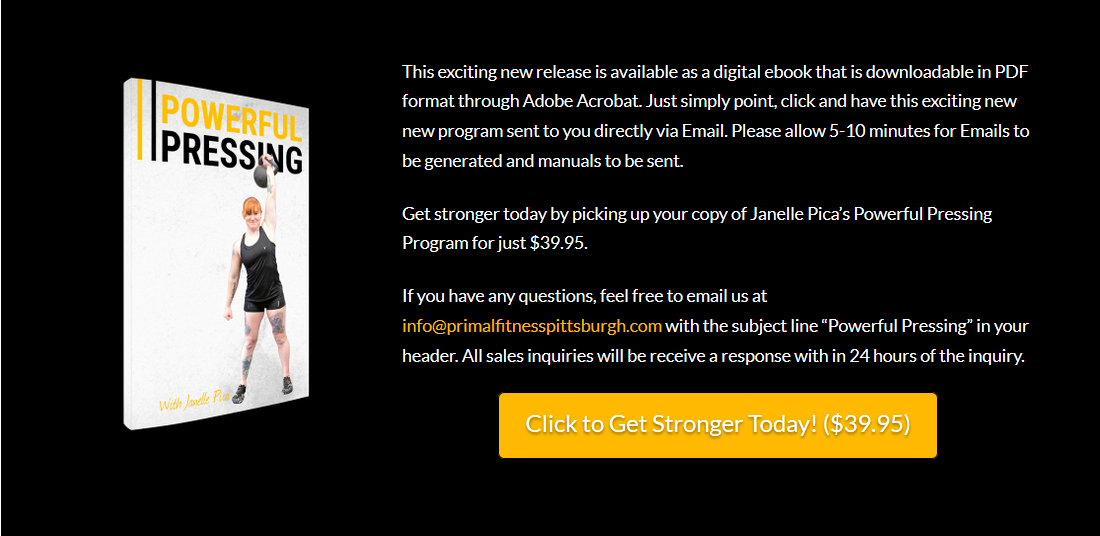The Turkish get up is one of the staple moves in the world of kettlebell training because it is a full body movement that engages your core and requires your body to work as one connected unit. The DVRT Get Up is a very similar exercise and achieves much of the same goals, however because of the tools, there is a difference between the two movements. This tutorial will help you learn the DVRT Get Up and take a look at the differences between it and the Turkish Get Up.

Start lying on the ground, with the bag on your right shoulder, your left leg straight and angled out, your right leg bent. Your left arm is straight and flared the same degree as your left leg. You’ll roll to your left and come up to a tall seated positon, using your left arm to drive into the ground and support yourself. A key point to note, is when you roll up, your left leg should be engaged with the ground and not rise up. If it does, the bag is too heavy or you aren’t making the needed cross body connection.

From this seated position you are going to thread your left leg such that you end up in a supported side plank. Your hips will rise as your weight is supported on your left arm. Your left leg goes from in front of you and threads back through to a solid side plank. Keep your hips ups and your body in a nice straight line from head to toe. Once this position is met, you’ll move to a tall half kneeling position by bring your left leg towards your hand and keeping an upright torso. From here the movement is complete by standing to a tall feet together stance. The return to the ground is accomplished by reversing the steps just described. If multiple reps are planned, the full return to laying on your back may be omitted as the bag has a tendency to curl under your body, especially if you are using a larger USB. Otherwise you can return to the ground fully and re-position the bag each time, or have your training partner do so for you.
Here is a video demonstrating each point of the sandbag DVRT get up.
You have probably noticed the bag is never overhead during this movement. This is the major difference between the DVRT sandbag get up and the Kettlebell Turkish get up. The second differnece between the DVRT get up and the Kettlebell get up is the side plank. It is essential, due to the load of the sandbag, to plank the body to the side to sustain the shift in weight. Kettlebell get ups will not require this movement since the weight is anchored differently.
Here is a video demonstrating each point of the Kettlebell Turkish getup. Note the differences in movement between the two lifts.
Want to challenge your DVRT get up strength? There are 2 ways of progressing and making this movement more difficult that will yield greater strength. The obvious next step s to use a bigger, heavier USB. The other is to slow the movement down, especially on the leg threading portion of the move to spend , what many lifters call , “time under tension”.
So there you have it, the DVRT Get Up, a full body movement that should be incorporated into your DVRT training regimen. If you need help with your technique and need more guidance with your sandbag training, email us at info@primalfitnesspittsburgh.com to schedule your free consultation at the studio today!
Master your instincts!

Ryan Williams is a lifelong fitness enthusiast who currently specializes in calisthenics and DVRT ultimate sandbag training. He is available for private and group training here at the studio. You may email him directly at Ryan@primalfitnesspittsburgh.com for training inquiries.
